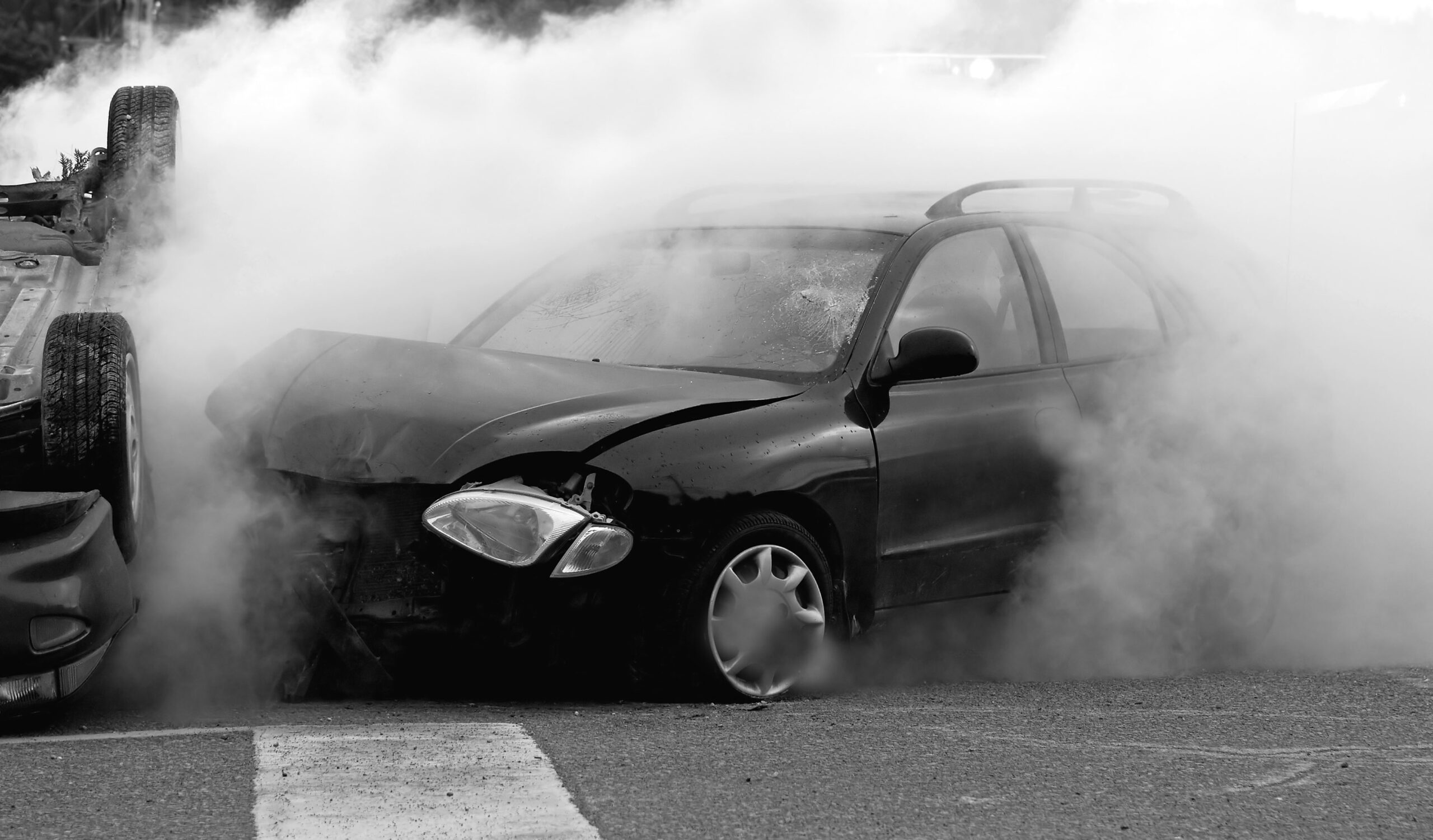In the aftermath of a head-on collision, the physical, emotional, and financial toll on victims and their families can be overwhelming. These accidents are among the most severe and often result in catastrophic injuries or even fatalities. If you are a victim of a head-on collision, it is important to learn what the immediate and long-term effects can be. Our friends at Blitz Law Group, LLP are here to shed light on this challenging subject and provide guidance on the path to recovery and justice.
Understanding Head-On Collisions
Head-on collisions occur when two vehicles traveling in opposite directions collide with the front ends of their vehicles. These accidents are particularly dangerous due to the force of impact, which combines the speeds of both vehicles involved. The causes of head-on collisions can vary, but some common factors include:
1. Distracted Driving: Distractions such as texting, talking on the phone, or adjusting the radio can cause a driver to drift into oncoming traffic, leading to a head-on collision.
2. Impaired Driving: Driving under the influence of alcohol or drugs impairs a driver’s judgment and reaction time, making them more likely to veer into the opposite lane.
3. Fatigue: Fatigued drivers may lose control of their vehicles and veer into oncoming traffic due to drowsiness.
4. Reckless Overtaking: Attempting to pass another vehicle on a two-lane road without sufficient visibility can result in a head-on collision.
5. Wrong-Way Driving: Drivers who mistakenly enter a highway or road in the wrong direction can cause catastrophic head-on collisions.
6. Adverse Weather Conditions: Rain, fog, ice, or snow can reduce visibility and road traction, increasing the risk of a head-on collision.
7. Mechanical Failures: Vehicle malfunctions, such as brake failures or steering issues, can lead to a loss of control and a head-on collision.
Legal Recourse For Head-On Collisions
When you or a loved one is involved in a head-on collision, seeking legal recourse is essential to secure compensation for damages. Here are the steps to take:
1. Seek Medical Attention: Your health is the top priority. Seek immediate medical attention for injuries, and follow your doctor’s treatment plan.
2. Document the Scene: If possible, gather evidence at the accident scene. Take photos, collect witness statements, and exchange information with the other driver.
3. Notify Authorities: Report the accident to the police, and obtain a copy of the police report, which can serve as valuable evidence.
4. Preserve Evidence: Keep all medical records, bills, repair estimates, and other documents related to the accident.
5. Consult an Attorney: Reach out to a lawyer who can assess the circumstances of your case and determine liability.
6. Determine Liability: Your lawyer will investigate the accident to establish liability. This may involve consulting accident reconstruction professionals and gathering witness testimonies.
7. Negotiation and Litigation: Your lawyer will negotiate with insurance companies on your behalf to secure a fair settlement. If negotiations fail, they may file a lawsuit to pursue your claim in court.
Head-on collisions are a serious matter that can involve life-altering injuries. Understanding the causes and seeking legal recourse is essential for victims and their families to rebuild their lives and secure the compensation they deserve. A dedicated car accident lawyer who can guide you through the legal process with compassion and knowledge. Remember, you don’t have to face the challenges of a head-on collision alone. By taking the appropriate steps and seeking legal help, you can work towards a brighter future.

